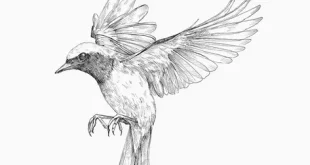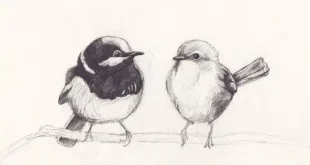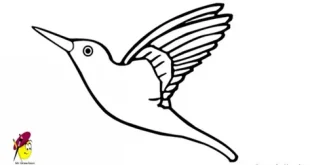The Intelligent World of Crows: Nature’s Clever Strategists
Beautiful Crow, belonging to genus Corvus, are among the most intelligent birds in the world. Known for their sharp problem-solving skills, remarkable memory, and unique social behaviors, these fascinating birds have captured the curiosity of humans for centuries. Found on almost every continent, crows thrive in diverse habitats ranging from dense forests and grasslands to bustling urban environments. Beyond their intelligence, they hold cultural, ecological, and symbolic importance, making them one of nature’s most captivating creatures.
In this article, we’ll explore their appearance, habitat, behavior, intelligence, and cultural significance under five key headings.
1. Distinctive Appearance and Adaptability
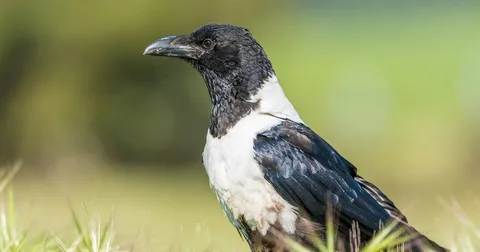
Beautiful Crow are medium-to-large-sized birds recognized for their glossy black plumage, sharp beaks, and keen, watchful eyes. While black is their most common color, subtle hues of purple, blue, and green often shimmer under sunlight, giving their feathers an iridescent beauty. Adult crows typically measure between 16 to 21 inches in length, with strong wingspans ranging from 32 to 40 inches, making them excellent fliers.
One of their most fascinating traits is adaptability. Unlike many bird species that depend on specific ecological conditions, crows are generalists — thriving in a wide range of environments. From remote mountain valleys to urban cityscapes, they easily adjust to their surroundings. Their ability to forage on a varied diet of grains, seeds, insects, small animals, and human food scraps further enhances their survival.
2. Habitat and Global Distribution
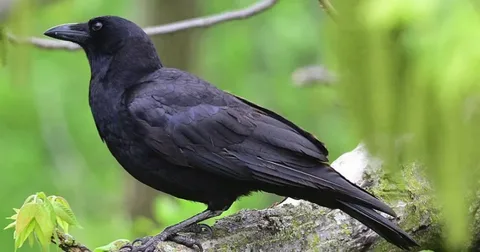
Beautiful Crow are widely distributed across the globe, inhabiting almost every continent except Antarctica. Their presence spans North America, Europe, Asia, Africa, and Australia, making them one of the most successful bird species on Earth.
- Forests and Woodlands: In natural ecosystems, crows prefer nesting in tall trees, where they build sturdy nests using sticks, leaves, and feathers.
- Grasslands and Farmlands: Open landscapes provide abundant food, from insects and small rodents to fallen grains.
This remarkable versatility has allowed them to coexist closely with humans, leading to unique interactions where crows often learn to exploit human behavior for survival.
3. Beautiful Crow Intelligence and Problem-Solving Abilities
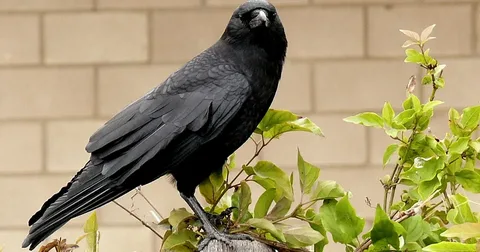
Beautiful Crow are widely celebrated as one of the most intelligent bird species. Researchers have discovered stonishing cognitive abilities in crows that rival those of primates.
- Tool Use: Crows have been observed shaping sticks, leaves, and even wires into tools to extract insects from tree bark or retrieve food from hard-to-reach places.
- Memory and Recognition: They possess exceptional memory, often remembering human faces — particularly those who pose threats. Experiments have shown the crows can hold the warn other crows about potential dangers.
- Communication Skills: Crows use a variety of vocalizations, clicks, and gestures to convey messages within their flocks. Some studies suggest they even have “dialects” unique to specific regions.
- Planning and Problem-Solving: Laboratory tests have demonstrated that crows can perform multi-step tasks, solve puzzles, and make decisions based on logic rather than instinct alone.
4. Social Structure and Behavioral Traits
Beautiful Crow are highly social birds, often living and traveling in groups called murders. Within these groups, they demonstrate remarkable cooperation, sharing information about food sources, predators, and dangers.
During nesting seasons, crows form strong pair bonds, with both parents taking part in raising their young.
Their vocal abilities are equally fascinating — crows have an extensive range of calls used to warn, signal, or communicate complex ideas. Beyond sound, they exhibit playful behaviors such as sliding down snow-covered roofs, tossing objects mid-flight, or playing games with other birds. These playful tendencies not only showcase their intelligence but also strengthen social bonds within their groups.
5. Cultural Symbolism and Ecological Importance Beautiful Crow
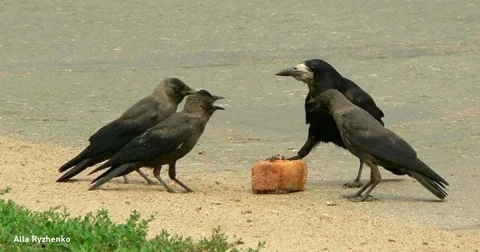
Throughout history, crows have held deep symbolic meaning in various cultures. In mythology and folklore, they are depicted as messengers, are guides between worlds:
- Native American Traditions: Crows symbols of transformation and wisdom, associated with spiritual knowledge.
- Celtic and Norse Mythology: In ancient Europe, crows were linked to war deities and considered carriers of divine messages.
- Asian Beliefs: In Japanese and Chinese cultures, crows represent family bonds, guidance, and ancestral respect.
Beyond their cultural significance, play a crucial ecological role. As natural scavengers, they help clean the environment by consuming carrion and waste. Their feeding habits also assist in seed dispersal, indirectly contributing to the regeneration of forests and grasslands.
Conclusion
Crows are far more than just common black birds seen in fields or city streets — they are intelligent, adaptable, and socially complex beings. Their remarkable problem-solving skills, emotional depth, and strong family bonds make them one of nature’s most intriguing species.
By observing these extraordinary birds, we gain a deeper understanding not only of their intelligence but also of the interconnectedness of all life on Earth. Crows remind us that nature’s brilliance lies in both its simplicity and complexit.
 Birds Drawing Birds Drawing
Birds Drawing Birds Drawing

